Rocky Colavito, Harvey Kuenn, Frank Lane Photo Gallery
Click on any image below to see photos in full size and to start Photo Gallery:
A Real Blockbuster Deal: Frank Lane Trades Home Run King Rocky Colavito to the Tigers For Batting Champion Harvey Kuenn!
Yesterday marked the anniversary of a day Indians fans would like to forget. Fifty-seven years ago, December 15, 1959, Indians GM “Trader Frank” Lane took over the full reins from the departing Hank Greenbrg. Lane had earned his nickname by making 60 deals since December 2, 1957 when he joined the club. As GM of the Cardinals earlier in his career, he had once proposed to trade popular superstar hitter Stan Musial, an idea nixed by Augie Busch. And sure enough, he came through with a whopper on Easter Sunday, April 17, 1960.
Lane traded the popular slugger and American League home run leader, 26-year old Rocky Colavito to the Tigers for the American League batting champion, 29-year old Harvey Kuenn. Cleveland fans were outraged by what they perceived as another reckless, unnecessary move by Lane, who had taken a mostly successful 40-man roster had traded away every player he had inherited.
It’s not often that a home run champion gets traded, or, for that matter, a batting champion. And it’s never happen before or since that they get traded for each other. The only time I can think of a batting champion being dealt was the Giants trading 1928 batting champion Rogers Hornsby. Of course, here we’re taking about the abrasive Hornsby, who had a penchant for wearing out his welcome. But in this case, we’re talking about one of the Indians’ most popular players.
The previous year, 1958, Colavito hit .303 with 41 home runs, 113 RBIs, and a .405 OBP. He followed that with 42 home runs, 111 RBIs, and a .337 OBP in 1959. After back-to-back great seasons, no one foresaw a trade in Rocky’s future.
Shortstop Harvey Kuenn was the American League Rookie of the Year in 1953, hitting .308, with a 356 OBP. He had a .314 lifetime batting average at the time of the trade, including leading the league with .355 in 1959.
Opinion was split at the time, although most baseball writers believed that a home run champion trumped a batting leader. Writer Arthur Daley thought the trade didn’t make sense for the Indians, thinking Tigers got the better of the deal. Casey Stengel had this to say: “I think both clubs will come out fairly well. Colavito should have it a little easier to reach the stands in Detroit than in Cleveland. Kuenn isn’t the home run hitter the other feller is, but he hits for average and the fact that he’s a better fielder should help Cleveland.”
So how did the trade pan out? Rocky Colavito batted .249 in 1960, with 35 home runs and 87 RBIs. The following year, 1961, Rocky had a career year, hitting .290 with 45 home runs and 140 RBIs. He remained in Detroit through the 1963 season; and after stints with the Athletics, White Sox, Dodgers, Yankees, and a brief return to Cleveland, the nine-time All Star ended his career after the 1968 season with a .266 batting average, 374 home runs, and 1159 RBIs.
Harvey Kuenn batted .308 with 9 home runs and 54 RBIs in 1960, but lasted only one year in Cleveland and was dealt to the Giants the following year. Kuenn helped the Giants win the 1962 pennant; and, after stints with the Cubs and Phillies, ended his career in 1966 with a .303 batting average.
Years later, Colavito recalled the trade, the details of which he remembered well:
“We were in Memphis, playing an exhibition game against the White Sox, and I was on first base. I had hit a home run the first time up. The second time, I rapped the ball to third and reached on a force play. Then Manager Joe Gordon called from the dugout. I thought he was going to give me the rest of the day off because I had hit the ball well. I remember it so clearly. He said, ‘Rocky, that’s the last time you’re going to bat in a Cleveland uniform. You’ve just been traded.’ I was in such shock. He said, ‘Good luck,’ and all I could say was, ‘Same to you.’ “
You’ve heard of the “Curse of Colavito?” Some say it started with this trade!
Gary Livacari
Photo Credits: All from Google search
Information: Excerpts edited from article in Los Angeles Times, March 20, 1988: http://articles.latimes.com/1988-03-20/sports/sp-2150_1_rocky-colavito
Subscribe to my blog for automatic updates and Free Bonus Reports: “Memorable World Series Moments” and “Gary’s Handy Dandy World Series Reference Guide.”
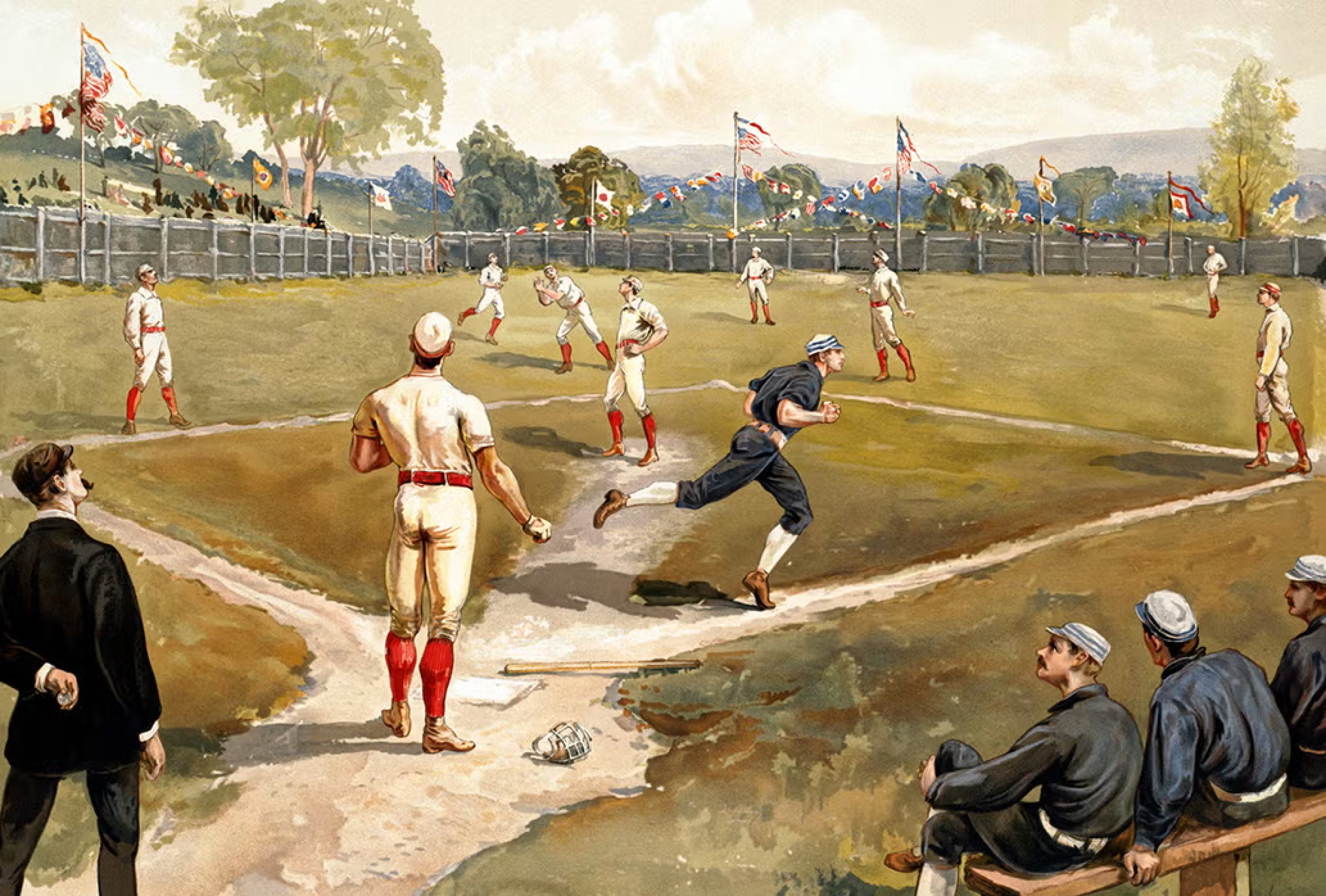
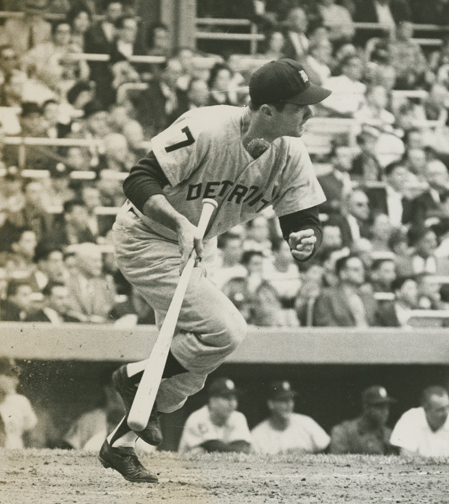
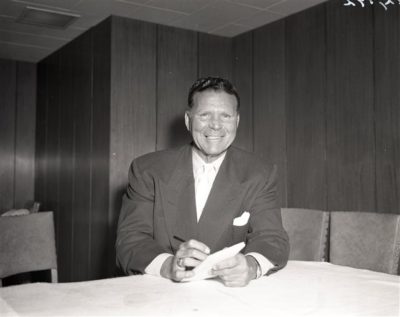
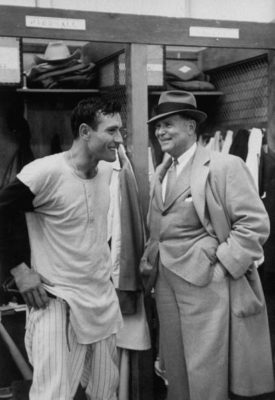
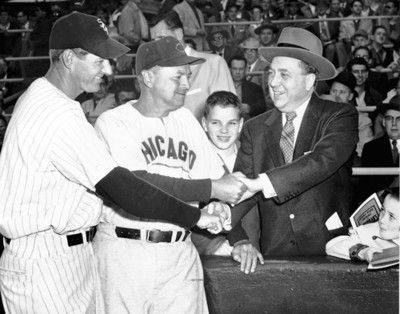
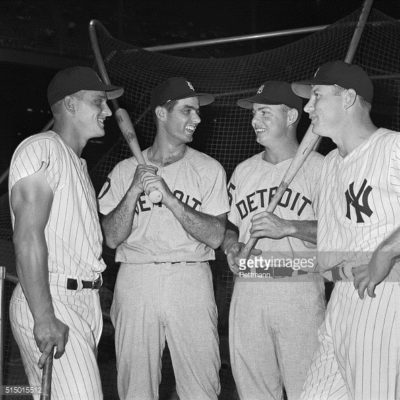
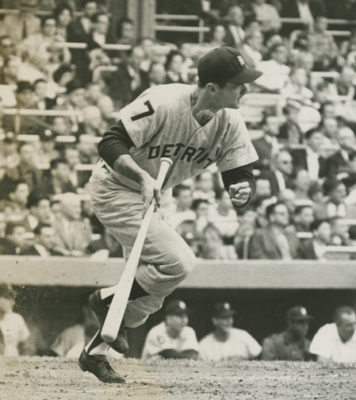
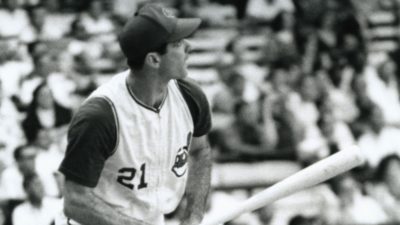
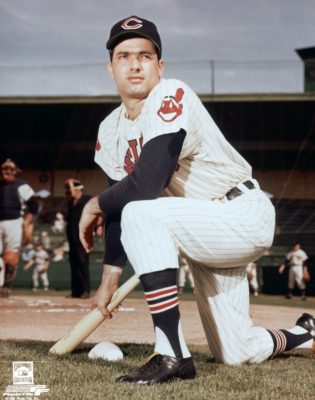
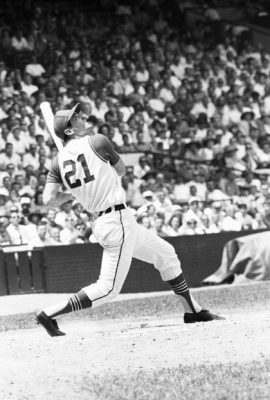
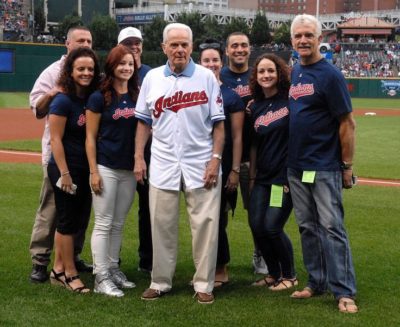
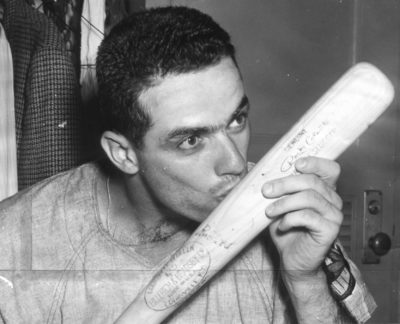
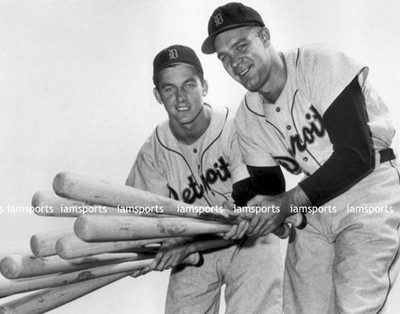
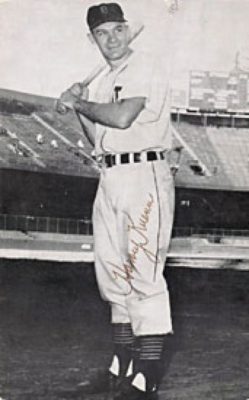
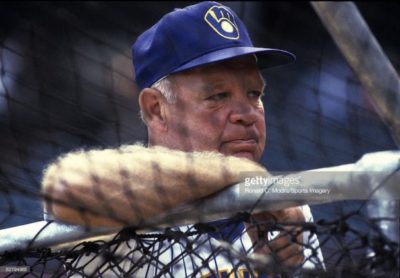
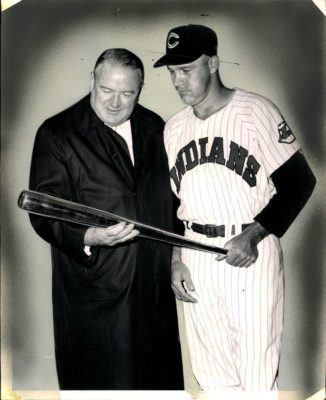
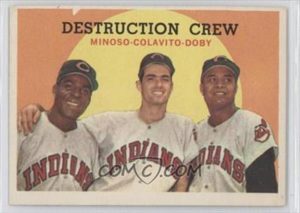
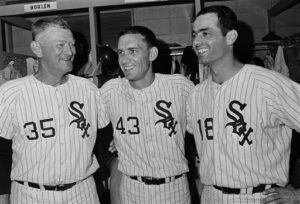
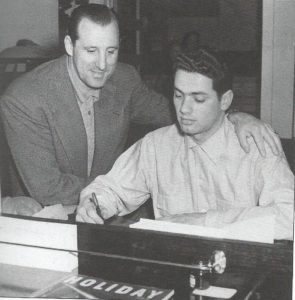
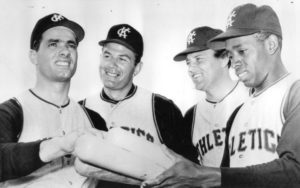
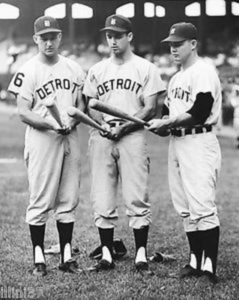
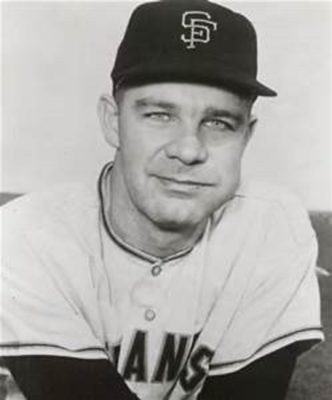
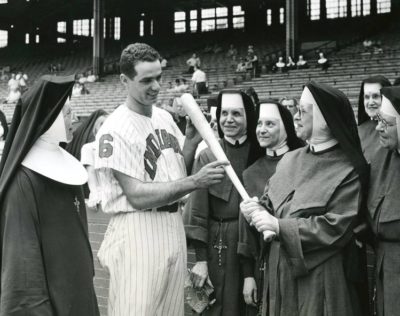
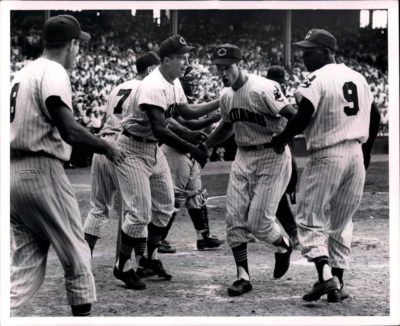

That’s Jimmy Piersall with Frank Lane
Yep…you’re right! Thanks.
Love the article. I have always been a Rocky Colavito fan. All your articles are very informative and I appreciate the old photos. Keep it up Gary. Merry Christmas.
Thanks Jackie…Greatly appreciated! I’m trying to contact his granddaughter, Gina Marie Colavito, who chimed in on my last Rocky piece. Merry Christmas to you, too!
That picture of Rocky being congratulated at Home Plate claiming he just hit his 4th consecutive Home Run, is not an authentic picture. That picture is from Cleveland Municipal Stadium during a day game. He hit 4 consecutive Home Runs at Baltimore’s Memorial Stadium during a night game! I believe the date was June 5 or June 6, 1959!